There have been a few isolated reports of cows being affected by grass tetany over the past week, so take steps to safeguard lactating animals against magnesium deficiencies.
Weather is becoming more and more variable. Mild days followed by cold nights is increasing the risk of tetany.
Freshly calved cows and older spring-calving cows that are suckling strong calves will be at risk.
Dairy breeding
Cows with some level of dairy breeding will also be at higher risk, as they tend to have higher milk production.
Autumn grass will be low in dry matter, as well as fibre, meaning it will be passing through cows quickly, again increasing the risk of tetany.
Leave extra lick buckets in fields and work to a rule of thumb of one bucket per 10 cows.
Magnesium
Alternatively, feeding cows a 1kg to 2kg/day of a high magnesium ration is another option if you think animals are not using buckets.
Adding magnesium to water troughs works well earlier in the year, but it is less effective in autumn unless it is combined with another method of supplementation.
As autumn grass is low in dry matter, and with more frequent rainfall, cows will not be visiting troughs as frequently and are therefore drinking less water.
Finally, offering cows some high-dry matter forage, which is a good source of fibre, will slow down the cow’s digestion, giving them more time to absorb magnesium from grazed forage. Ideally, feeding hay, straw or high dry matter silage bales will suffice.
Read more
This week in photos: harvesting maize and potatoes
Weekly weather: a cool start to the week
There have been a few isolated reports of cows being affected by grass tetany over the past week, so take steps to safeguard lactating animals against magnesium deficiencies.
Weather is becoming more and more variable. Mild days followed by cold nights is increasing the risk of tetany.
Freshly calved cows and older spring-calving cows that are suckling strong calves will be at risk.
Dairy breeding
Cows with some level of dairy breeding will also be at higher risk, as they tend to have higher milk production.
Autumn grass will be low in dry matter, as well as fibre, meaning it will be passing through cows quickly, again increasing the risk of tetany.
Leave extra lick buckets in fields and work to a rule of thumb of one bucket per 10 cows.
Magnesium
Alternatively, feeding cows a 1kg to 2kg/day of a high magnesium ration is another option if you think animals are not using buckets.
Adding magnesium to water troughs works well earlier in the year, but it is less effective in autumn unless it is combined with another method of supplementation.
As autumn grass is low in dry matter, and with more frequent rainfall, cows will not be visiting troughs as frequently and are therefore drinking less water.
Finally, offering cows some high-dry matter forage, which is a good source of fibre, will slow down the cow’s digestion, giving them more time to absorb magnesium from grazed forage. Ideally, feeding hay, straw or high dry matter silage bales will suffice.
Read more
This week in photos: harvesting maize and potatoes
Weekly weather: a cool start to the week




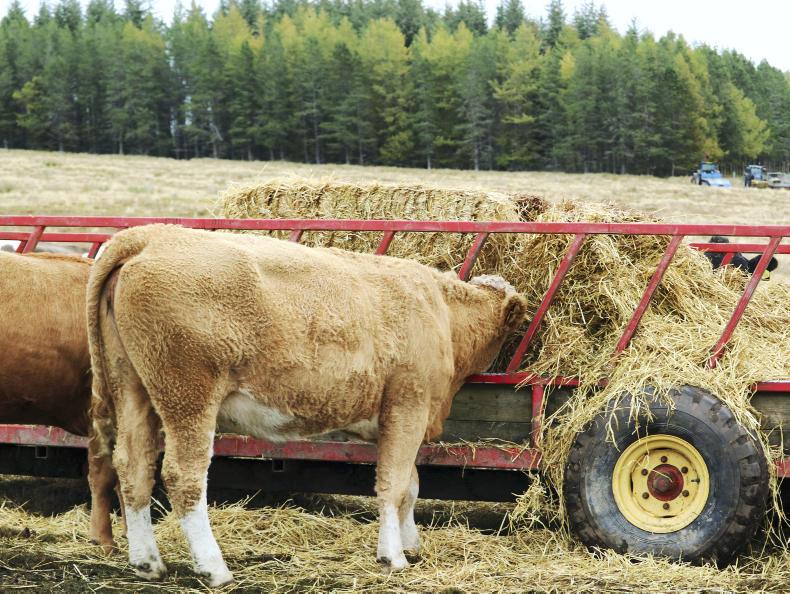
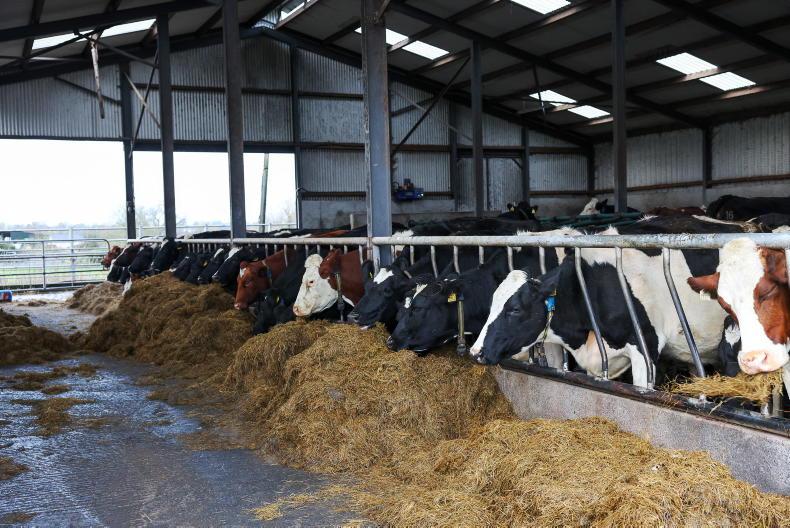

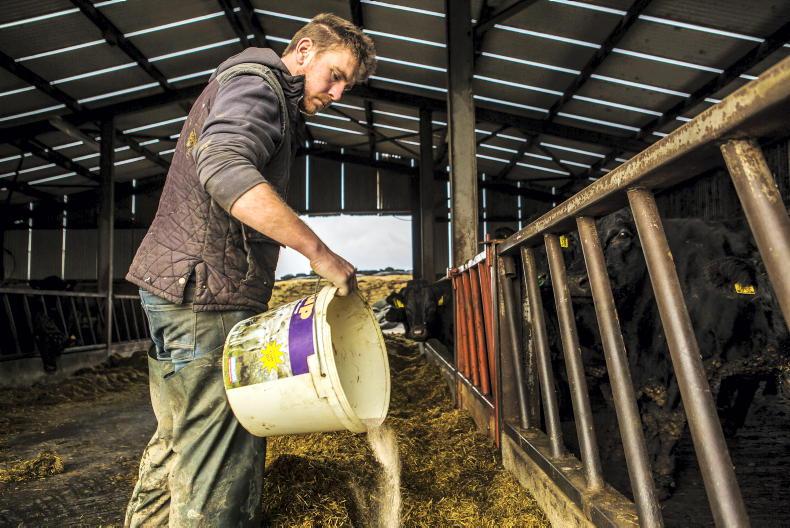
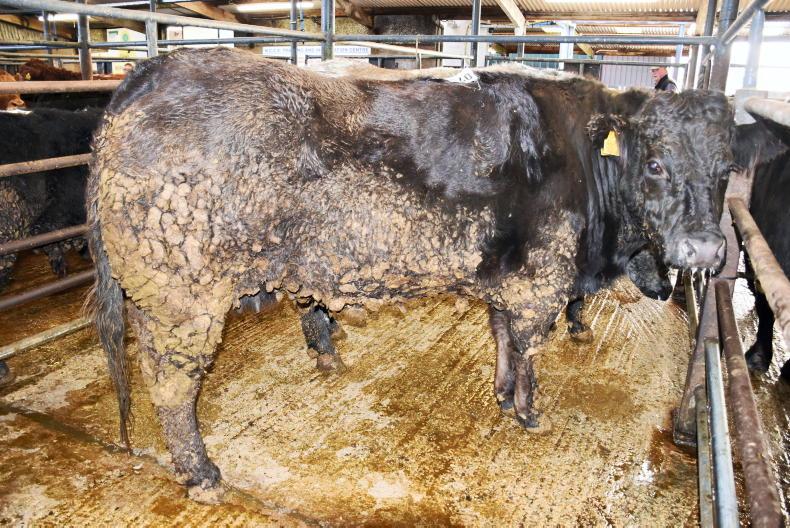
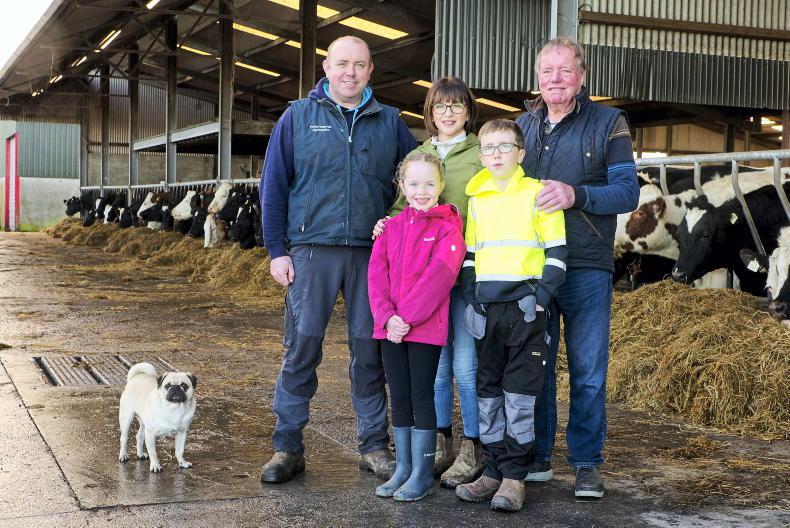
SHARING OPTIONS